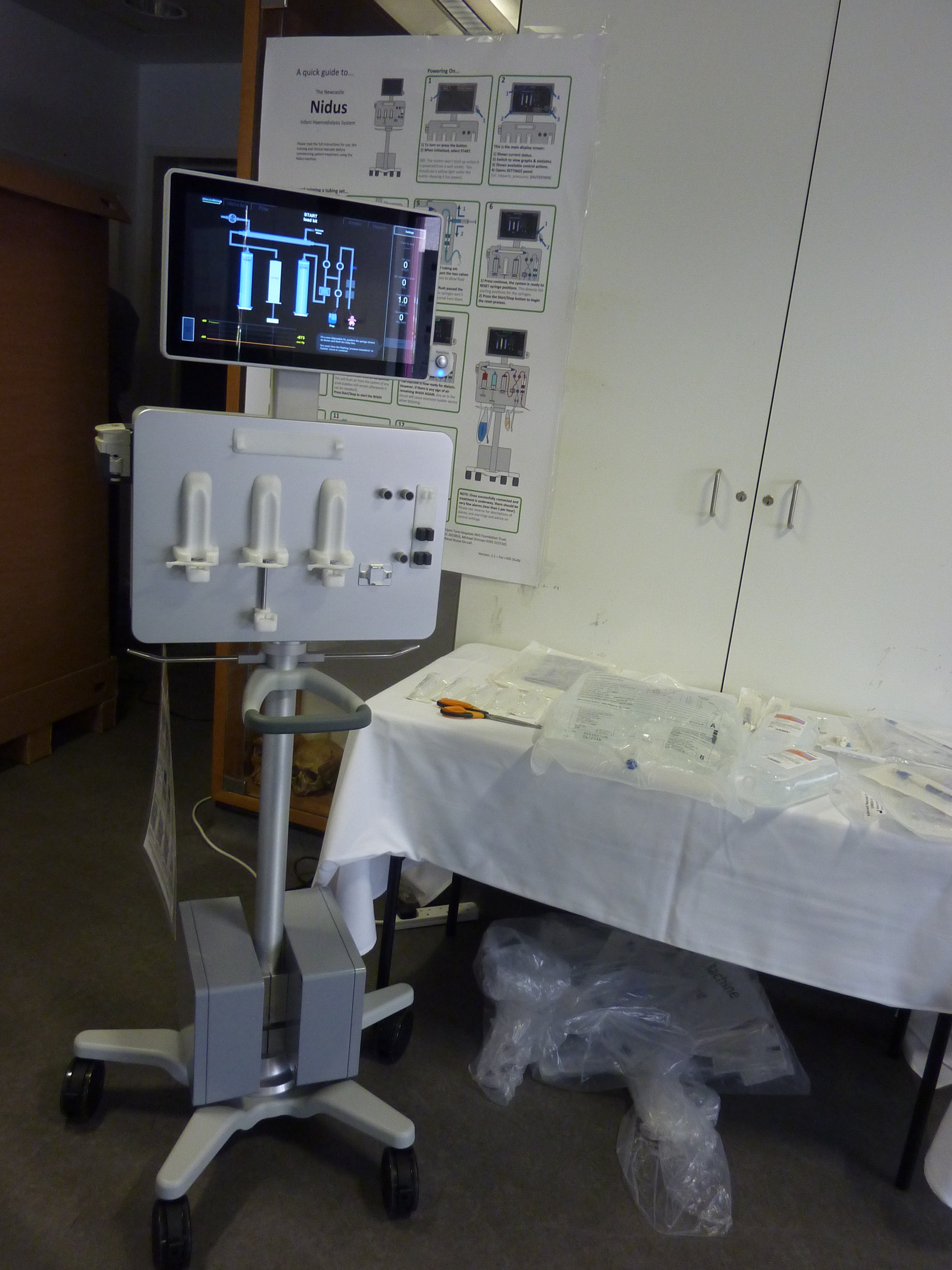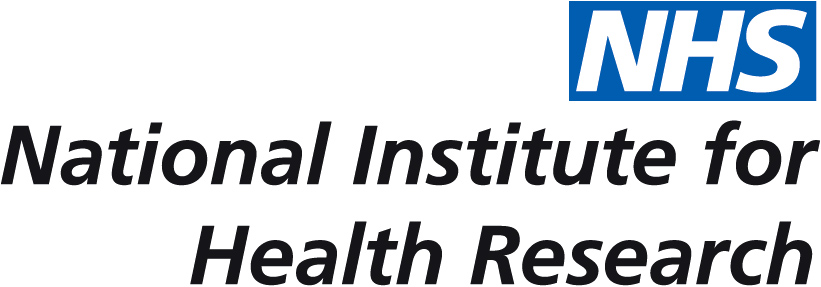Launch Day
The study launch day on 11th April 2016 involved a mixture of talks and practical sessions.
The morning consisted of an overview of the study, including some background of the Nidus machine, and a passionate talk from a parent whose baby received treatment from Nidus to survive. This was a reminder to all of the impact that the machine has already made on the lives of babies and their families, and how much time and effort has been invested into the development of the machine so far. The morning then moved onto a panel discussion to review current clinical problems and functions of the Nidus.
The afternoon session started with a summary of expectations for data entry. This included the PICAnet system, which captures routine data for audit purposes, as well as the additional I-KID study data. Some queries were raised regarding the method of data collection and analysis for compassionate use of the Nidus, however this will be done outside of the I-KID study and will be discussed separately with the clinical teams. An explanation was then given as to why the cluster randomised stepped wedge design had been chosen for this study, and how this method would benefit participating centres. The parent and staff questionnaires were briefly discussed to highlight the importance of collecting feedback about use of the machine from different perspectives.
Four workstations were assembled in the room for practical demonstrations of the Nidus machines, given by the Nidus Trainers (nurses from the Great North Children’s Hospital at Newcastle). A Nidus ‘Quick Guide’ had been created for the day, with large posters of the guide on the wall behind each workstation and smaller copies provided to each attendee. This session allowed staff from the centres to use the machine, ask questions of the trainers and receive answers there and then.
The overall feeling of the day was that the study was achievable, with staff feeling confident that they could use the machine whilst still receiving training and ongoing support. Staff were able to meet each other face to face and begin to build working relationships that will continue over the next three years.




